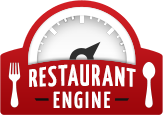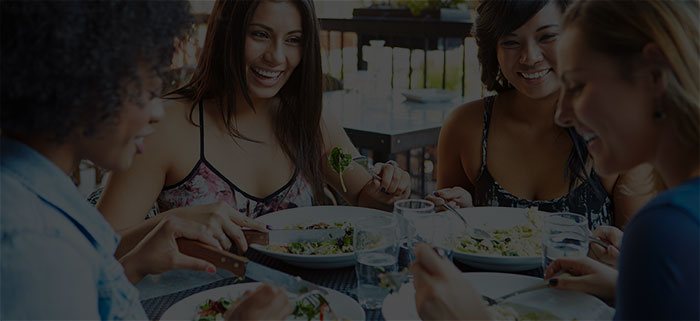Many Restaurants Opt Out of Reopening

Although restaurants in several states will be allowed to serve seated customers in dining rooms this week, many owners are opting out. Even in states that have allowed takeout and delivery, the majority of restaurant owners are still adopting a “wait and see” posture toward reopening. Unfortunately, owners have valid reasons for hesitation. In addition to medical concern about exposure to coronavirus infections, owners also face two mathematical quandaries.
The first problem relates to maintaining six feet of social distance. If an average restaurant’s net profit margin is less than 10%, how can most restaurants expect to earn any profit while building occupancy is capped at 25%? Not to mention the added cost of PPE (masks, gloves, sanitizers, disposable menus, etc.), but many sit-down restaurants earn the majority of their revenue on Friday and Saturdays nights. With capacity limited to 25%, there is minimal ability to capitalize during rush hours. Looking at their calculators, many owners realize that a 25% cap on dining room capacity eliminates all of their operational profit.
The second problem relates to the unprecedented government stimulus programs, especially Federal Pandemic Unemployment Compensation (FDUC). The average unemployed American is currently receiving $978 per week: an average $378 in regular unemployment benefits plus a special $600 weekly FDUC benefit valid through July 31, 2020. Needless to say, this is the highest nominal rate of compensation for unemployed workers ever. Given the material costs of COVID-19 safety compliance, most restaurant owners cannot expect to compete with their furloughed workers’ unemployment benefits, which importantly, do not even require actual hard labor.
Although the U.S. Department of Labor does not delineate current statistics for restaurant workers specifically, owners know that today’s workers can simply collect unemployment while they wait. Even if restaurant workers earn 20% less than that average $978 figure, owners still face formidable competition insomuch as the government is providing a $40,000 annualized salary equivalent through July 31.
Then again, many restaurant owners today find themselves questioning almost all of their pre-COVID-19 assumptions. They recall that for the past five years, third-party delivery services were heralded as a boon to many restaurants. Upon closer reflection, new lawsuits and exorbitant fees have cast negative light on that reality. With over $10 billion in combined annual revenue and at least $40 billion in combined market capitalization between the top four delivery companies, the pricing power of GrubHub, DoorDash, Postmates, and UberEats over independent restaurants continues growing by the day. “Out of almost $1,100 in food orders,” posted one restaurant owner and GrubHub client to Facebook, “the restaurant you are trying to support receives not even $400.”
“Assess your essential functions and the reliance that others and the community have on your services or products,” states guidance from the U.S. Centers for Disease Control, which restaurateurs might find incredibly apropos to their current quandary. “Be prepared to change your business practices if needed to maintain critical operations… or temporarily suspend some of your operations if needed.” Indeed, many restaurant owners are rational in their choice to opt out of reopening. Tragically, as reported by many local news bureaus, “Many local restaurant owners are choosing to wait and see.”
Photo by Dollar Gill on Unsplash


Leave a Reply